Connect with us today to learn more about our industrial automation solutions—and how to commission them for your application.
How to Select the Right Motor Inverter for Your Industrial Application
In the ever-evolving industrial landscape, the selection of the right motor inverters is crucial for optimizing operational efficiency and energy consumption. According to a report by MarketsandMarkets, the global motor inverter market is projected to reach USD 24.92 billion by 2025, growing at a compound annual growth rate (CAGR) of 6.5% from 2020. This growth underscores the increasing reliance on advanced motor control technologies in various applications, from manufacturing to HVAC systems.
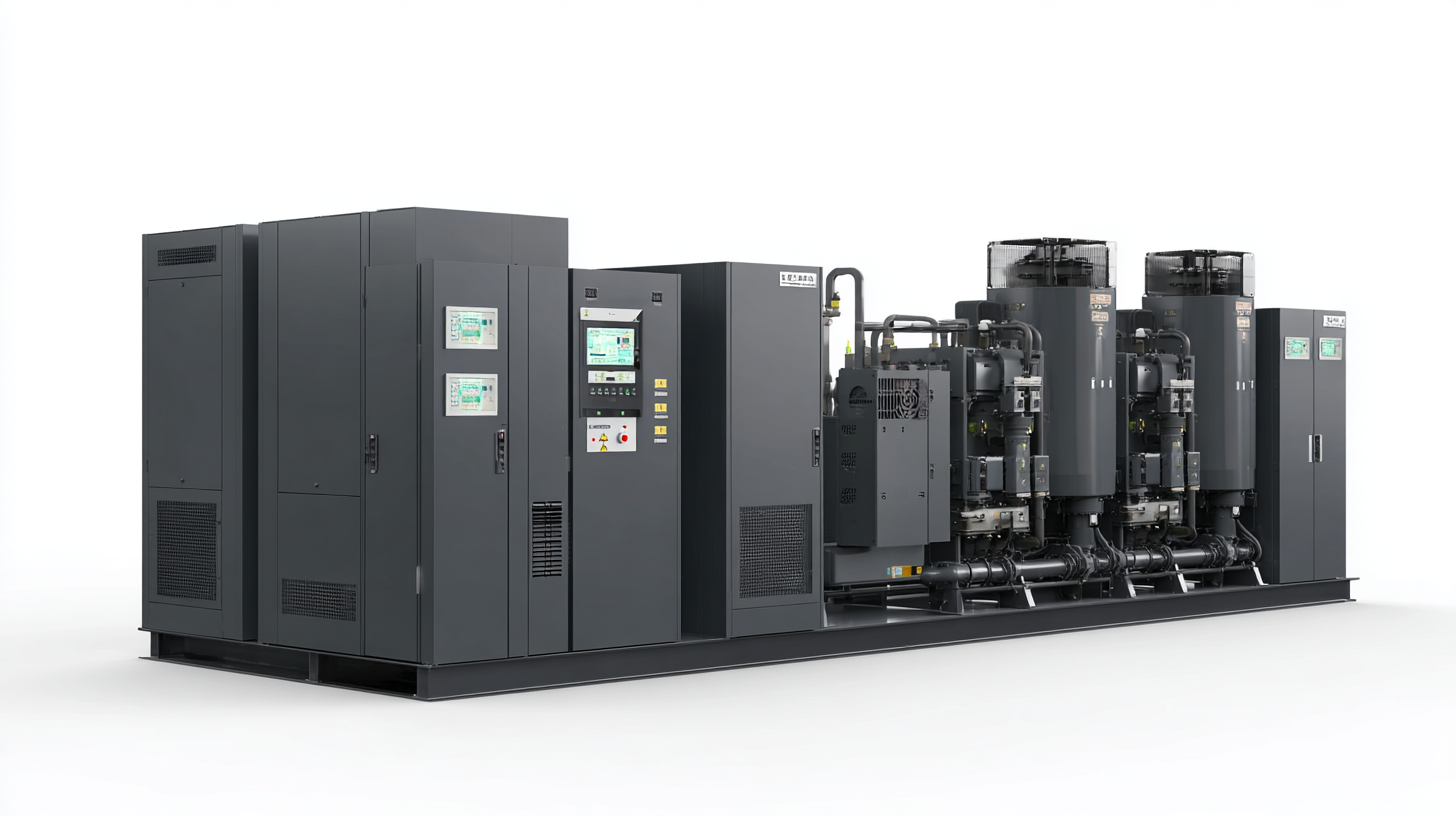
Properly chosen motor inverters not only enhance equipment performance but also reduce energy costs, making them a pivotal element in contemporary industrial strategies. As industries strive for sustainability and operational excellence, understanding how to select the right motor inverter becomes imperative for maximizing return on investment and ensuring compatibility with existing systems.
Understanding Your Industrial Requirements for Motor Inverters
When selecting the right motor inverter for your industrial application, it is crucial to begin by thoroughly understanding your specific requirements. The type of machinery, operating environment, and load characteristics play significant roles in determining the most suitable inverter. For instance, industrial settings with varying loads may require a vector control inverter, while constant torque applications might benefit from simpler V/F control options. Additionally, the operating voltage and current ratings must match the motor specifications to ensure seamless integration and optimal performance.
Another vital consideration is the control type you need from the inverter. Some applications require precise speed control and torque feedback, which can be achieved with advanced inverters that offer closed-loop control features. Moreover, understanding the frequency range in which the motor operates is essential, as it impacts efficiency and performance. Evaluating these aspects allows you to align the capabilities of the motor inverter with your operational goals, ensuring you choose a solution that enhances productivity while maintaining reliability and energy efficiency.
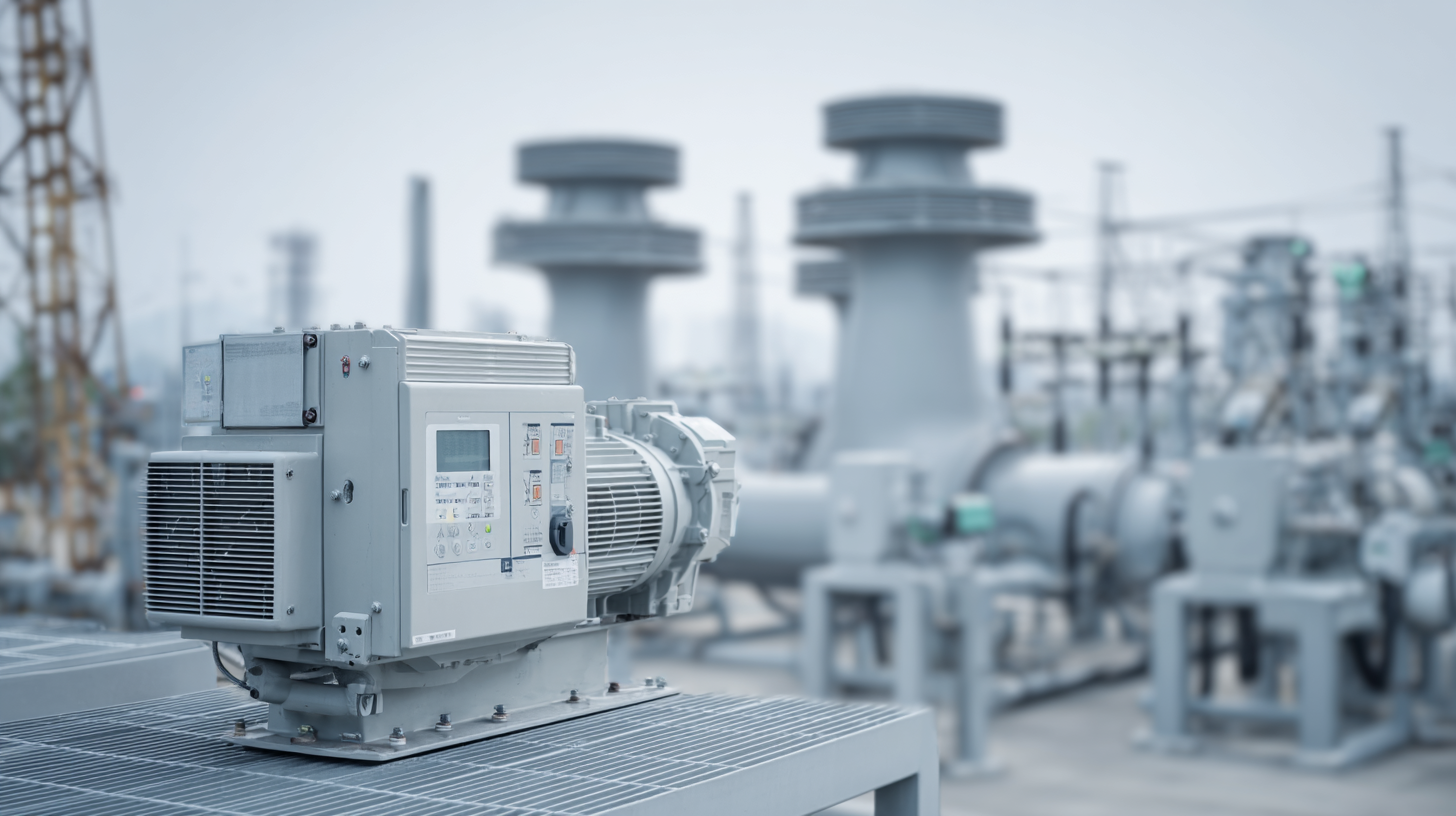
Key Specifications to Consider When Choosing a Motor Inverter
When selecting the right motor inverter for your industrial application, it's essential to focus on key specifications that ensure optimal performance. First, consider the voltage and power rating of the inverter. It should match the voltage of your motor and provide adequate power for your specific application. If the inverter is underpowered, it may lead to overheating and premature failure, while an oversized inverter could increase costs unnecessarily.
Another critical specification to consider is the inverter's control method. There are several types like V/f control, vector control, and direct torque control. The choice depends on the complexity of your application and the required precision. For instance, vector control is suitable for high-performance applications where speed and torque precision are paramount, while V/f control is often sufficient for simpler tasks.
Tip: Always review the inverter's compatibility with your existing control systems to ensure seamless integration.
Also, take note of the environmental factors such as temperature and exposure to dust or moisture. Inverters can be affected by harsh conditions, so selecting one with appropriate ingress protection (IP) ratings could enhance longevity and reliability.
Tip: Consider investing in an inverter with built-in diagnostics and monitoring features. This will facilitate maintenance and troubleshooting, thereby minimizing downtime in your operations.
Evaluating Efficiency and Performance Metrics for Inverter Selection
When selecting the right motor inverter for industrial applications, evaluating efficiency and performance metrics becomes crucial. Recent advancements in technologies underscore the importance of accurate efficiency measurements; discrepancies of up to 10% can arise if inappropriate current sensors are used. This aspect is vital for ensuring that the inverter operates within its optimal efficiency range, which directly impacts energy consumption and overall system performance.

Moreover, the shift towards renewable energy resources necessitates a focus on enhancing efficiency in various applications, such as BLDC motor drives used in drones. By utilizing hybrid optimization algorithms, significant improvements have been demonstrated in power efficiency, which is essential not only for operational cost savings but also for promoting sustainable practices. Considering such innovative approaches in inverter design helps manufacturers align their products with rising energy performance standards, ultimately benefiting industrial operations through improved reliability and effectiveness.
Assessing Compatibility with Existing Industrial Equipment
When selecting a motor inverter for industrial applications, ensuring compatibility with existing equipment is crucial for maintaining productivity and operational efficiency. According to a report by the InternationalElectrotechnical Commission, approximately 25% of industrial failures can be attributed to equipment incompatibility. This statistic underscores the importance of thorough assessment prior to implementation. Users must evaluate not only the voltage and power ratings of their existing motors but also how the inverter's control strategy will integrate with the current system's architecture.
Compatibility extends beyond technical specifications; it also encompasses communication protocols between the inverter and other devices within the industrial network. A study published by the Institute of Electrical and Electronics Engineers revealed that industrial systems utilizing standardized communication protocols, such as Modbus or CANopen, experienced a 30% reduction in integration time compared to those with proprietary protocols. Therefore, ensuring that the motor inverter supports these common protocols can streamline installation and facilitate seamless operation across various components of the industrial system. This alignment will ultimately lead to enhanced performance and reliability, maximizing the return on investment for new equipment.
Motor Inverter Efficiency Comparison for Industrial Applications
Exploring Cost-Effectiveness and Long-Term Investment Benefits
When selecting a motor inverter for industrial applications, it is crucial to weigh the cost-effectiveness and long-term investment benefits. While many may be tempted to choose the cheapest option upfront, considering the total cost of ownership is key. Higher initial expenditures on premium inverters often lead to lower energy consumption, reduced maintenance costs, and extended operational lifetimes. These factors contribute significantly to overall savings and efficiency in the long run.
Tips: Always calculate the return on investment (ROI) for potential inverters by considering energy savings, maintenance costs, and potential downtime. Research the inverter's efficiency ratings and operational costs over time to ensure your choice aligns with sustainable practices and economic viability.
In addition, evaluating the inverter’s capabilities against specific application requirements can help avoid unexpected expenses and performance issues. Opt for models that offer scalability and adaptability, as this will allow enhancements or upgrades without significant new investments. Don't forget to factor in warranties and support services into your decision-making process, as these can greatly influence long-term benefits.
How to Select the Right Motor Inverter for Your Industrial Application - Exploring Cost-Effectiveness and Long-Term Investment Benefits
| Application Type | Motor Power (kW) | Inverter Type | Cost ($) | Efficiency (%) | Expected Lifespan (Years) | Annual Savings ($) |
|---|---|---|---|---|---|---|
| Conveyor Systems | 15 | Vector Control | 1200 | 95 | 10 | 500 |
| Pumping Systems | 10 | Scalar Control | 800 | 90 | 8 | 350 |
| HVAC Systems | 20 | Premium Control | 1500 | 92 | 12 | 600 |
| Materials Handling | 25 | Advanced Control | 2000 | 94 | 15 | 750 |
| Textile Manufacturing | 30 | Servo Control | 2500 | 97 | 20 | 900 |
Related Posts
-
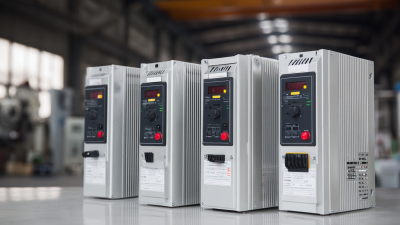
Discover How China is Revolutionizing Global Markets with Best 220v VFD Single Phase Solutions
-

Top Strategies for Implementing EMI Filters in VFD Applications for Enhanced Performance
-
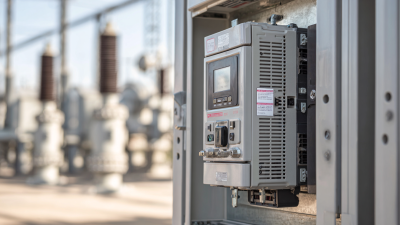
Unlocking Efficiency in Industrial Applications How to Use the Best Single Phase to 3 Phase Converter VFD
-

10 Best VFD Controllers You Need to Know for Optimal Performance
-
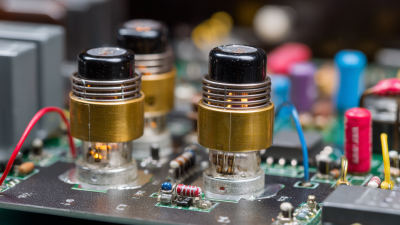
What Are EMI Filters and How Do They Enhance Device Performance?
-
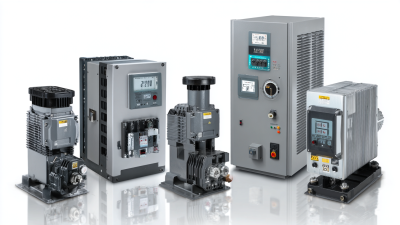
How to Choose the Right 220V VFD Single Phase for Your Motor Applications